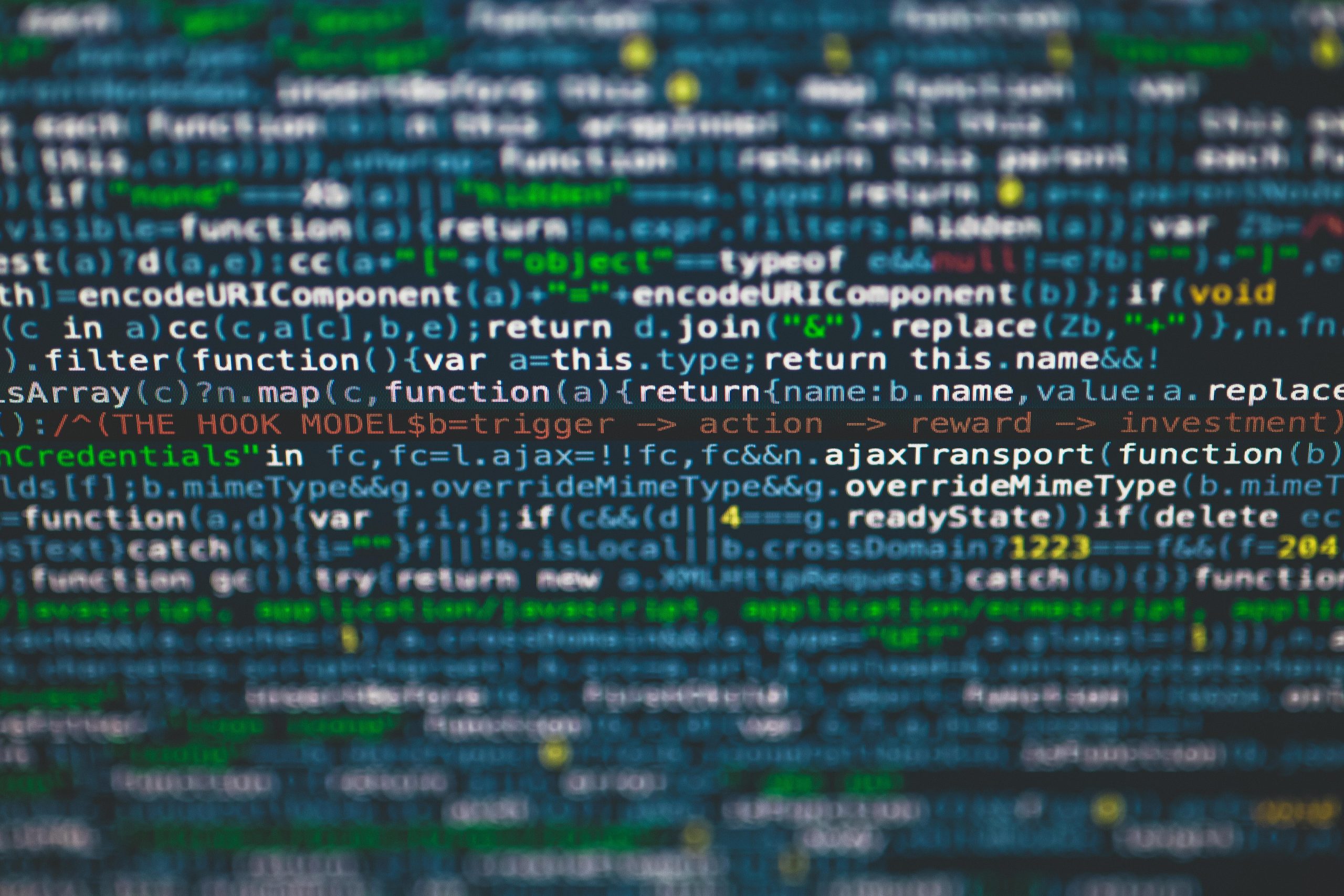How Do Non-Singers Get Politicians to Sing with AI Assistance?
Unlocking the Mystery: How AI Turns Ordinary Voices of Politicians and Celebrities into Singing Performances
In recent years, artificial intelligence has revolutionized the way we manipulate and generate audio content. One fascinating development is how AI can transform snippets of politicians’ or celebrities’ voices—originally recorded as plain speech—into convincingly sung performances. This technology enables users to make these public figures “sing” even when their voices were never intended for musical expression.
You might be wondering: how exactly does AI achieve this remarkable feat? The process involves sophisticated voice synthesis and deep learning techniques that analyze the voice’s unique characteristics and then generate new audio content that matches a singing style.
Essentially, AI models are trained with large datasets of singing and speaking voices, allowing them to learn the nuances of pitch, tone, and rhythm associated with singing. When applying this to a politician’s or celebrity’s voice, the AI takes a normal speech recording and manipulates it—adjusting pitch, adding vibrato, and incorporating musical timing—to produce a natural-sounding singing voice.
This process often relies on technologies like neural vocoders and voice conversion models, which are capable of disentangling different elements of a voice—such as timbre and pitch—and recombining them in new ways. By doing so, AI can “train” a voice to sing, even if the original recordings were just spoken words.
For those interested in exploring this further, search terms such as “AI voice conversion,” “neural vocoders,” “deep learning singing synthesis,” and “text-to-singing models” can provide insights into the technical foundations behind these impressive transformations.
While the technology continues to evolve, it’s clear that the magic lies in the deep learning algorithms that enable machines to understand and recreate human vocal nuances—turning conversation into song and transforming ordinary audio into extraordinary auditory experiences.














Post Comment